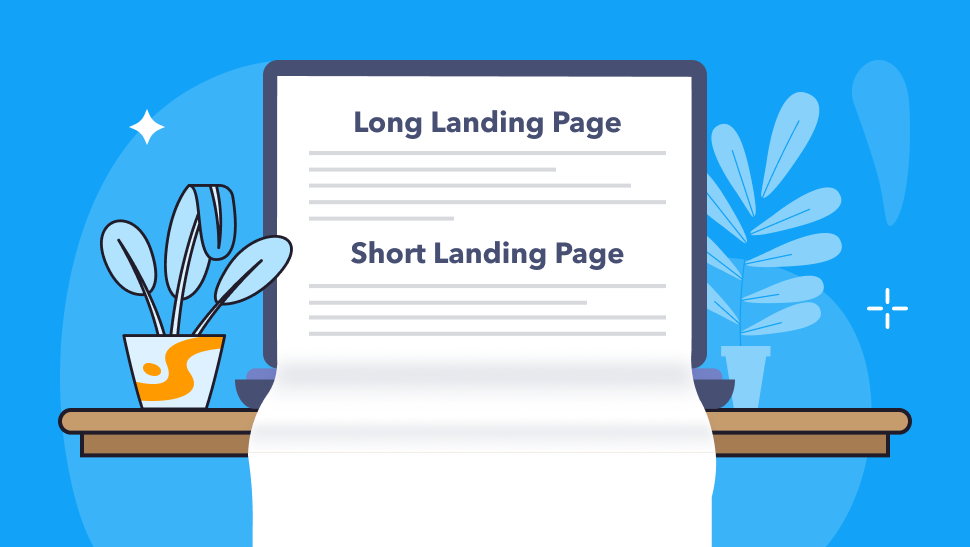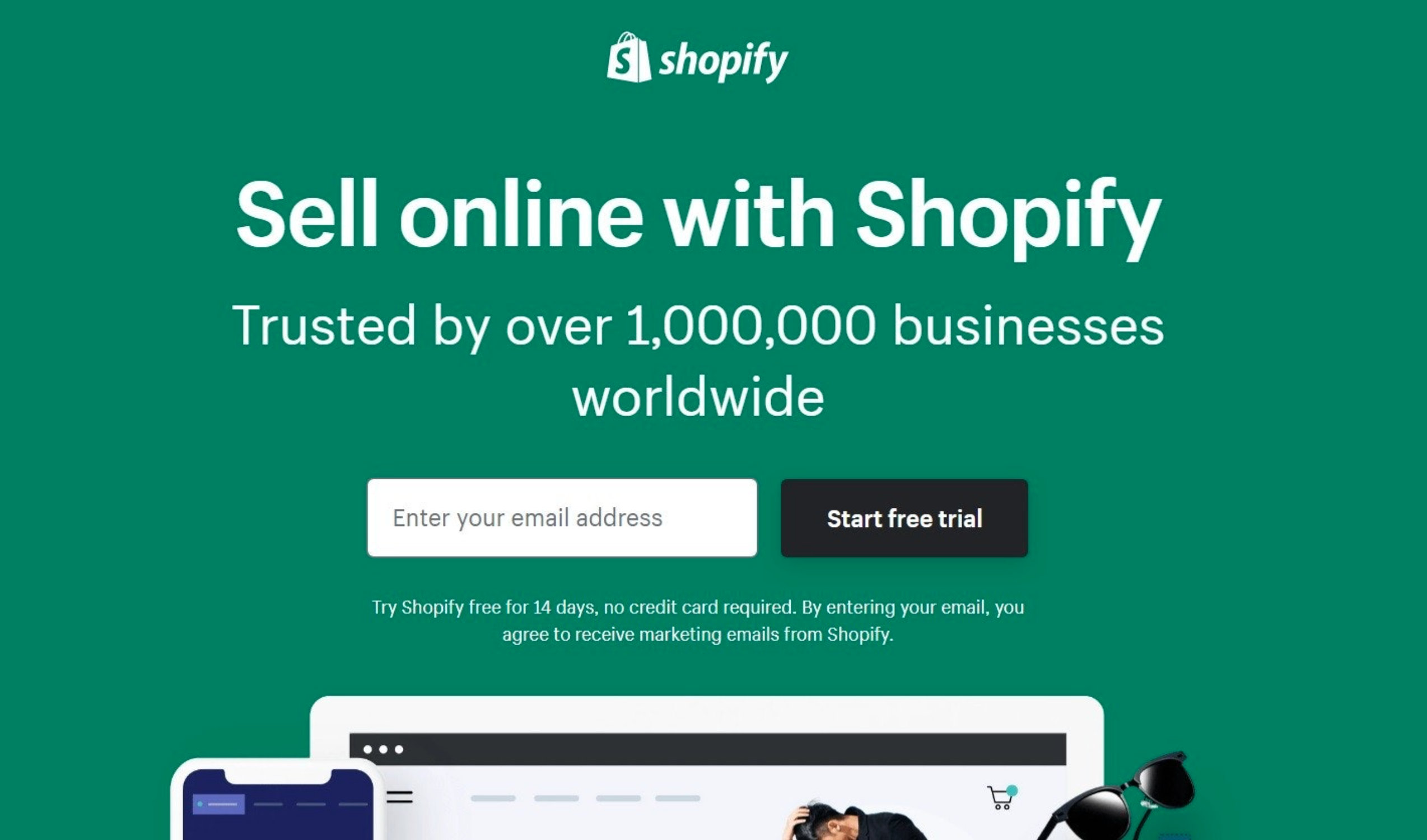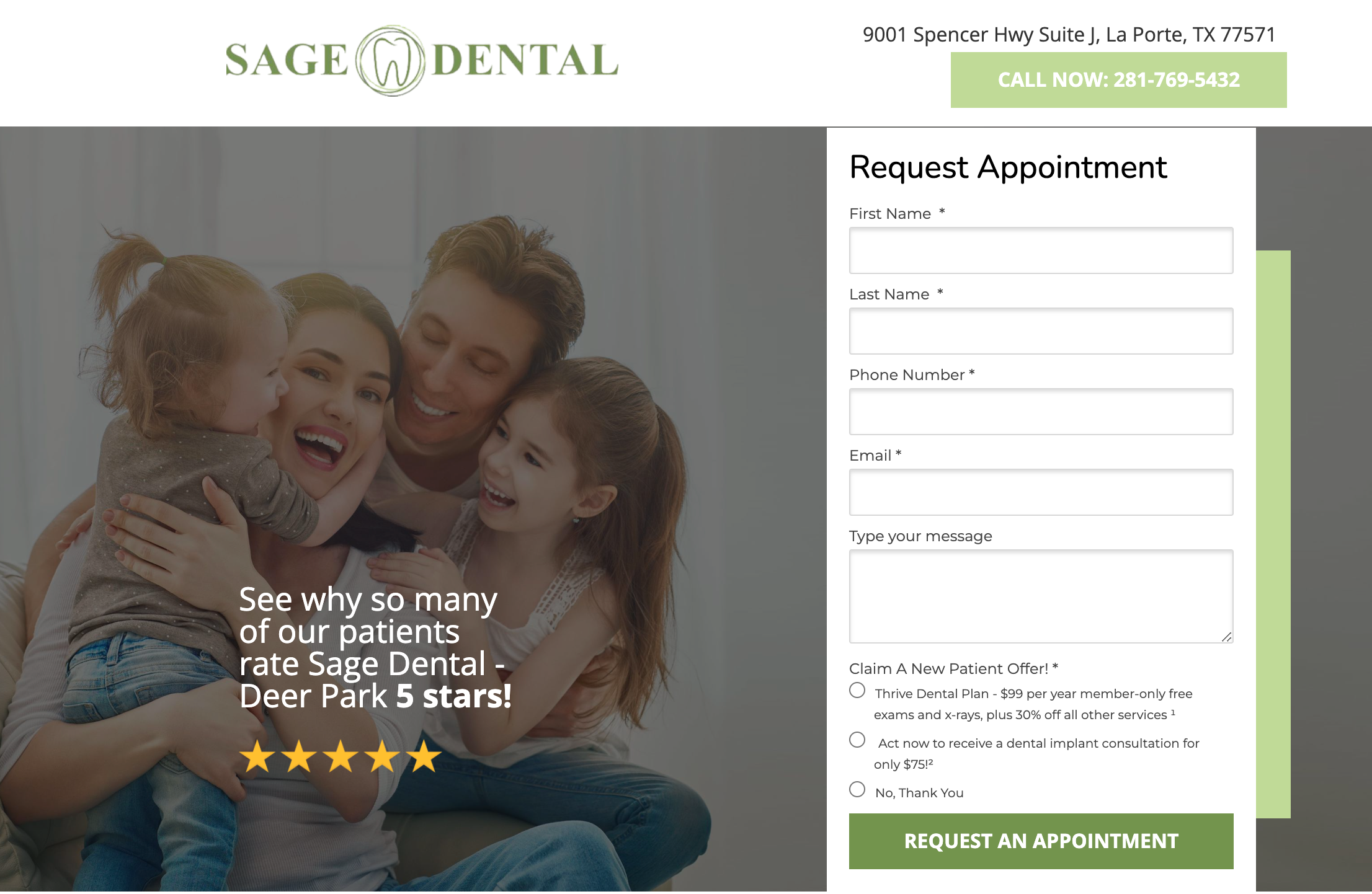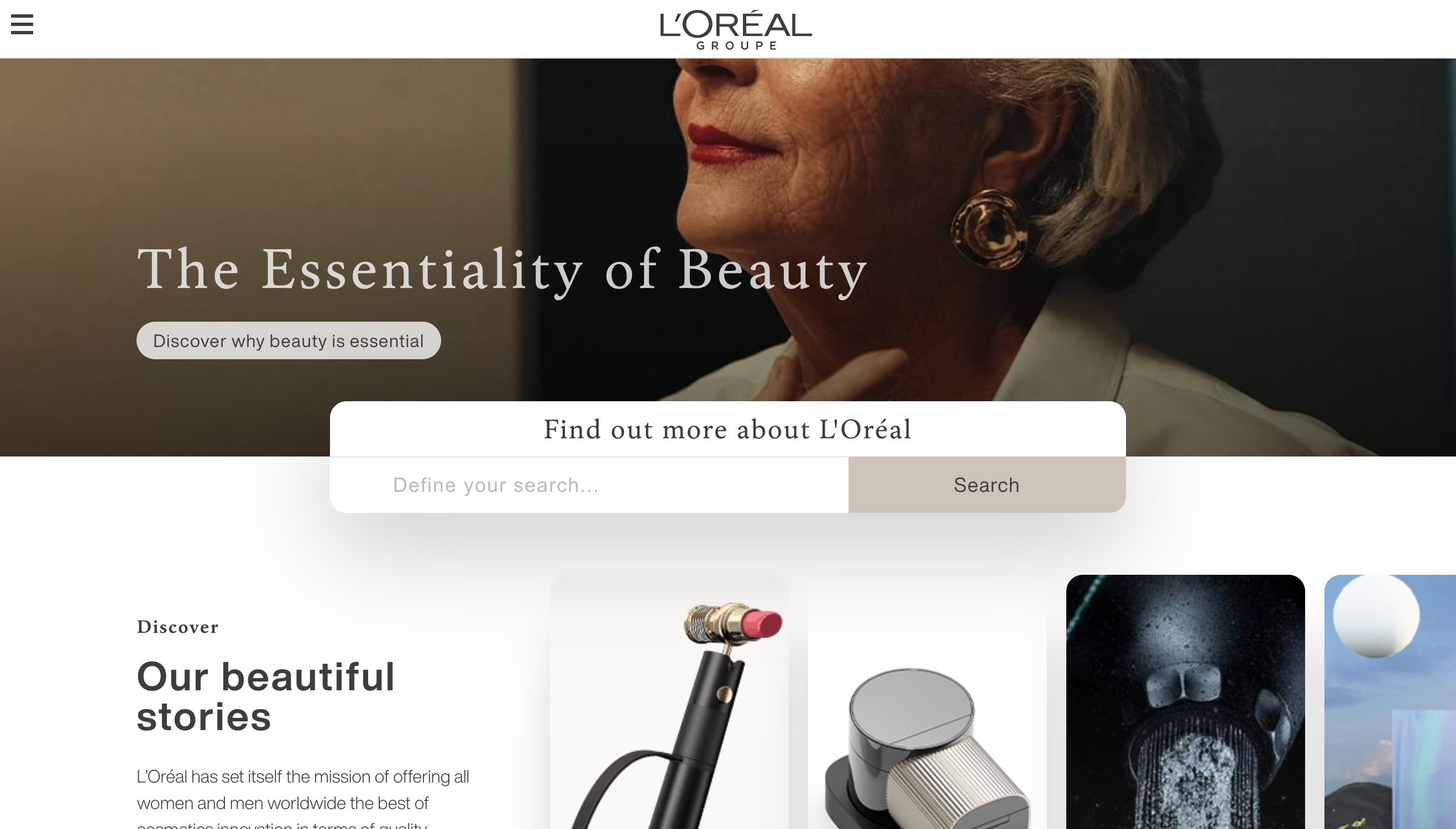How long or short a landing page should be depends on many factors, such as the type of business it is for, the goal of the landing page, and how much the business wants to spend on building the page.
Landing pages are intended to attract leads, so however you design your landing page, you want to focus on visitors landing on your page. Let’s go over the best practices for making an engaging landing page as well as how long (or short) yours should be.
Table of Contents
- How Landing Pages Help Businesses
- How Long Should Your Landing Page Be?
- Best Practices for Creating Effective Landing Pages
- Conclusion
How Landing Pages Help Businesses
Before deciding if a landing page is important for you to invest time and/or money in, know that landing pages can help businesses in many ways, from improving brand awareness to increasing sales and revenue. In this article, we will explore some of the benefits of using landing pages for your business.

They Create a Focused Message
Unlike a homepage that has a variety of information, a landing page is designed to promote a specific product or service. By providing a clear message, businesses can attract and retain the attention of their target audience, leading to better engagement and higher conversions.
Increase Conversions

Photo Credit: Shopify
When a visitor arrives on your landing page, they are usually looking for something specific. By providing relevant and valuable information about your product or service, you can increase the likelihood of converting that visitor into a lead or customer. Landing pages can also be used to collect user data, such as email addresses, which can be used for future marketing campaigns.
Improve Search Engine Rankings
When you create a landing page that is relevant to your target audience and optimized for search engines, you increase the chances of appearing higher in search engine results pages. This can lead to more traffic to your website and, ultimately, more leads and sales.
Improve Brand Awareness
By providing a consistent message across your landing pages and other marketing channels, you can increase brand recognition and awareness. This can lead to increased customer loyalty and repeat business.
How Long Should Your Landing Page Be?
There is no one-size-fits-all answer to this question, as the length of a landing page will depend on several factors, including your target audience, your industry, your goals, and the type of product or service you are promoting.
Let's now explore the different factors that can influence the length of your landing page and provide some best practices to help you create a landing page that is both effective and efficient.
Purpose of Your Landing Page
The purpose of your landing page is to persuade your visitors to take a specific action, whether that be to make a purchase, fill out a form, or subscribe to your newsletter. The length of your landing page should be determined by the amount of information necessary to persuade your visitors to take this action.

Photo Credit: Sage Dental
If your landing page is designed to sell a high-ticket item, such as a car or a luxury vacation, you will likely need a longer landing page. This is because visitors will need more information before they are willing to make such a large purchase. On the other hand, if your landing page is designed to promote a free trial or a low-cost product, a shorter landing page may be sufficient.
Consider the Complexity of Your Product or Service
If your product or service is complex, you may need a longer landing page to explain how it works and how it can benefit your visitors. If your product or service is simple and easy to understand, a shorter landing page may be sufficient.
Consider the Attention Span of Your Visitors
Another factor to consider when determining the length of your landing page is the attention span of your visitors. According to research, the average attention span of a person is about 8 seconds.
This means that you only have a short amount of time to capture the attention of your visitors and persuade them to take action. If your landing page is too long, visitors may lose interest and leave before they have a chance to convert.
Understanding Your Target Audience
Your landing page should be tailored to the needs and preferences of your target audience, and the length of the page should reflect their attention span and reading habits. For example, if you are targeting a younger audience, you may want to consider a shorter page with more visual elements, as this demographic tends to have a shorter attention span and prefers more interactive and engaging content.
On the other hand, if you are targeting an older audience, a longer page with more detailed information may be more appropriate, as this demographic tends to be more detail-oriented and prefers to have all the information at their fingertips.
Industry and Competition
The length of your landing page will also depend on your industry and the level of competition in your market. If you are in a highly competitive industry, you may need to create a longer landing page that provides more detailed information and emphasizes the unique value proposition of your product or service.

If you are in a less competitive industry, a shorter landing page may be sufficient, as there may be fewer competitors vying for your target audience's attention.
We always suggest checking out (or
researching) how other businesses in your industry make their landing pages appear.
Photo Credit: L'Oreal
Goals and Type of Product or Service
Another factor to consider when determining the length of your landing page is your goals and the type of product or service you are promoting. If your goal is to generate leads, a shorter landing page with a clear call to action (CTA) may be more effective.
However, if your goal is to sell a high-ticket item, a longer landing page that provides more information and addresses common objections may be necessary to convince prospects to make a purchase.
Best Practices for Creating Effective Landing Pages
Regardless of the length of your landing page, there are several best practices that you should follow to ensure that your landing page is effective and efficient. Here are some tips to keep in mind:
Use a Clear and Concise Headline
Your headline is the first thing that visitors will see when they arrive on your landing page, so it needs to be attention-grabbing and concise. Use clear and compelling language that conveys the value of your product or service and encourages visitors to keep reading.
Provide Clear and Concise Information
Once you have captured visitors' attention with your headline, it's important to provide clear and concise information about your product or service. Use bullet points, subheadings, and visual elements to break up the text and make it easier to read. Be sure to highlight the key benefits of your product or service and address any common objections or questions that prospects may have.
Use High-Quality Visuals
Visual elements such as images and videos can help to break up the text on your landing page and make it more engaging. Use high-quality visuals that are relevant to your product or service and help to convey its value.
Include a Strong Call to Action
Your call to action (CTA) is the most important element on your landing page, as it encourages visitors to take action and convert into leads or customers. Use clear and concise language that tells visitors what action to take and why they should take it.
Test and Optimize Your Landing Page
We discuss how you can best test the efficiency of your landing page in this article. How do you conduct proper testing? A/B testing is a tactic that relies on researching how one landing page captures engagement compared to a similar landing page that has significant differences.
These differences between two or more landing pages can be differences in text length, different images, different header or subheader, and even choosing to put other form slots in place of the originals.
Conclusion
As you can see, the length of a business landing page depends on many factors and is not as cut and dry as other marketing “rules”. However, if you do research on a business in your industry to find that they have a successful landing page that is shorter, then it is safe to create a landing page with shorter text.
The key to a successful landing page lies also in originality. Although you may want to compare your landing page to others, it should still be very different in the way it looks and how the message comes across.
Quickly see TruVISIBILITY’s original landing page templates can help you make the best landing page for your target audience. All templates have been created for high-conversion and ease of use so you can customize it to better match your brand and capture your visitors with your message!
Register a freemium TruVISIBILITY account and get unlimited access to fully functional marketing software free of cost!
As your business grows, you only pay for what you use without any contract. A freemium TruVISIBILITY account allows you to:
- Create a chatbot that can conduct up to 100 conversations per month
- Launch email blasts, start drip campaign, etc with 1000 free emails sent monthly
- Send 1000 SMS texts per month
- Build 1 website including a blog
- 1 GB of storage usage
- 1 SSL certificate
- Unlimited API usage
The pricing is based on usage over the free monthly allotment. Thus it is extremely affordable for small to medium businesses. You can adjust the number of conversations your chatbots can have, the number of emails and SMS that can be sent per month, the number of websites you can deploy, and the capacity of your cloud storage. Simple and flexible!
Want to receive more articles?
Sign-up for our weekly newsletter to receive info that will help your business grow



